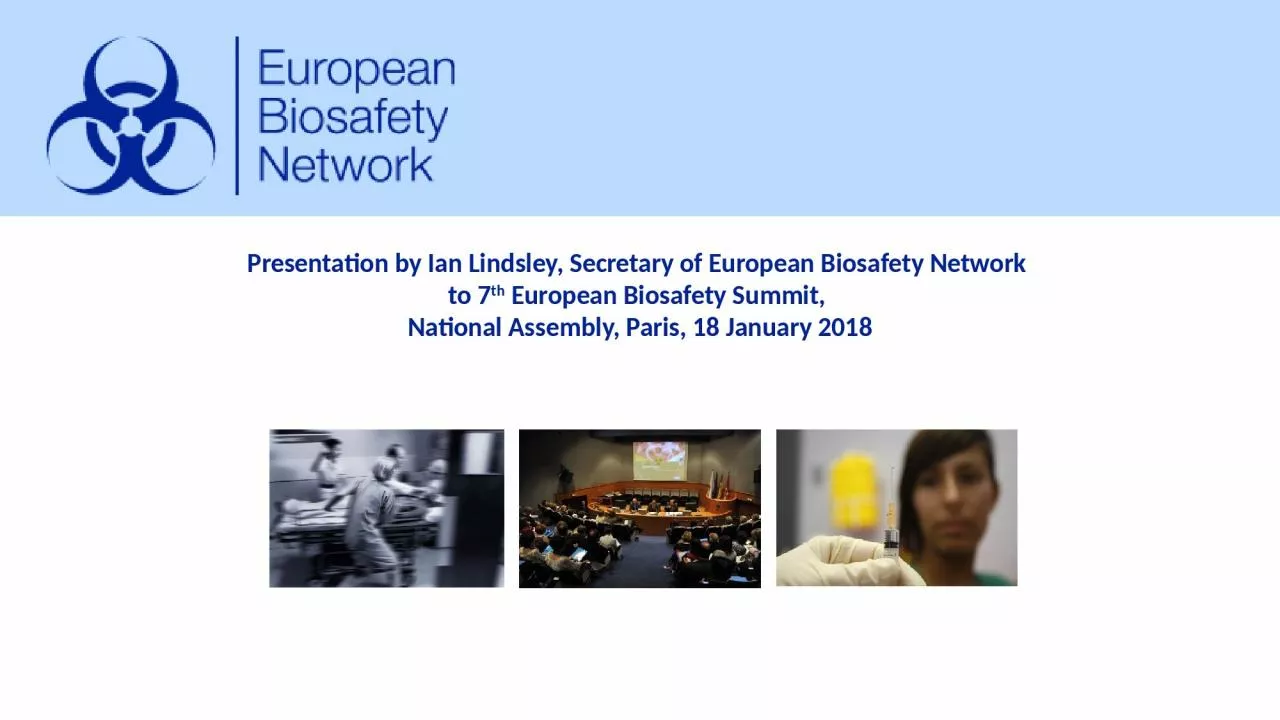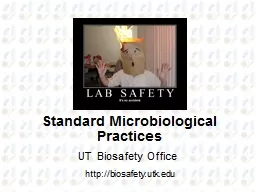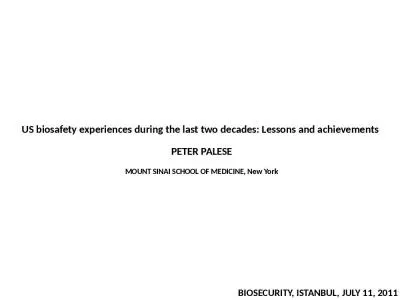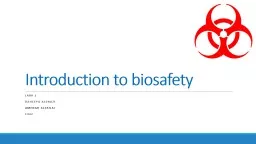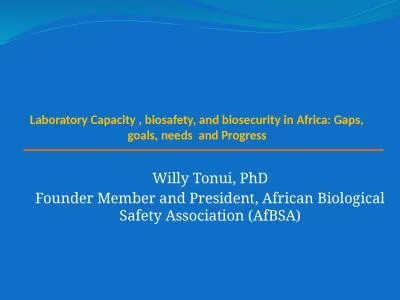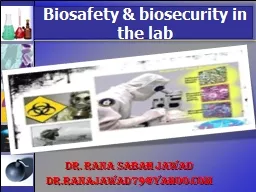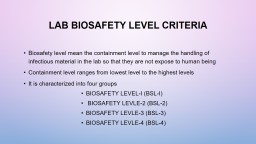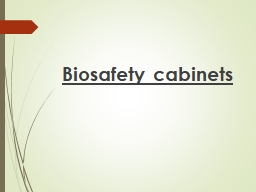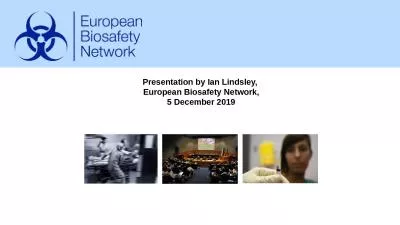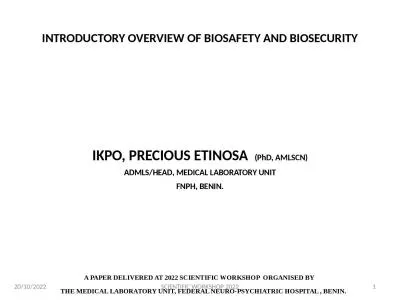PPT-Presentation by Ian Lindsley, Secretary of European Biosafety Network
Author : Thunderbolt | Published Date : 2022-08-03
to 7 th European Biosafety Summit National Assembly Paris 18 January 2018 About the EBN Established in 2009 by the founding partners the Spanish General Council
Presentation Embed Code
Download Presentation
Download Presentation The PPT/PDF document "Presentation by Ian Lindsley, Secretary ..." is the property of its rightful owner. Permission is granted to download and print the materials on this website for personal, non-commercial use only, and to display it on your personal computer provided you do not modify the materials and that you retain all copyright notices contained in the materials. By downloading content from our website, you accept the terms of this agreement.
Presentation by Ian Lindsley, Secretary of European Biosafety Network: Transcript
Download Rules Of Document
"Presentation by Ian Lindsley, Secretary of European Biosafety Network"The content belongs to its owner. You may download and print it for personal use, without modification, and keep all copyright notices. By downloading, you agree to these terms.
Related Documents

